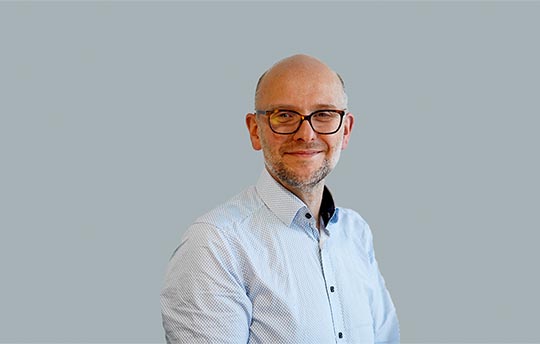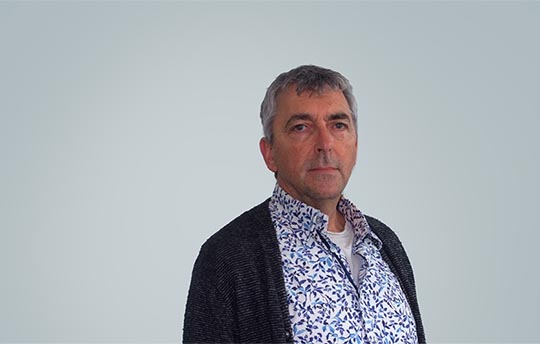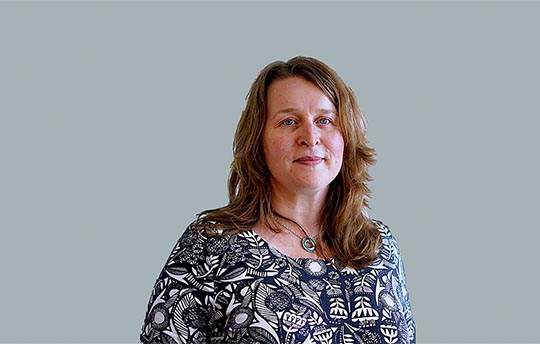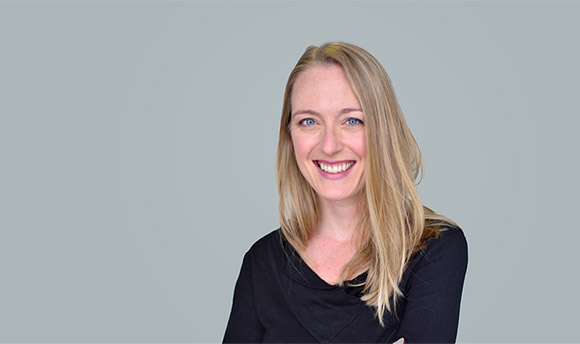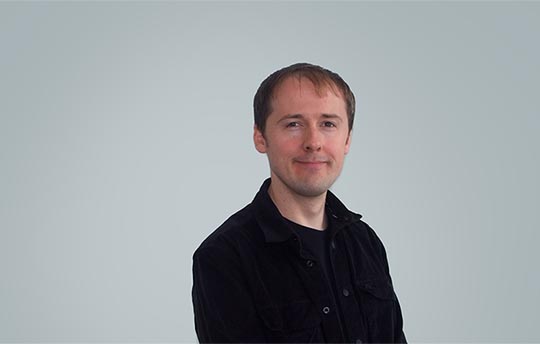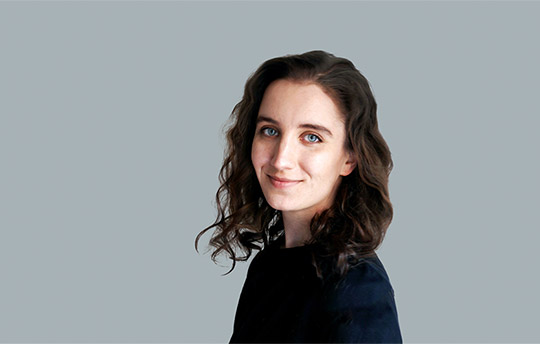Mansour Lab
The Mansour Lab is run by Dr Jamal K. Mansour in the Division of Psychology, Sociology, & Education.
Our research focuses on how people make decisions about faces, particularly in relation to police lineups but we also do a bit of research on basic face recognition issues and in other experimental forensic psychology areas. Some of the things we are looking at right now include:
- Refining theories of how people make decisions about police lineups (identity parades/photo arrays/photoboards)
- Factors that influence the fairness of lineups
- How good versus poor quality memories influence lineup decision making
- Lineup biases and their influence on lineup decisions
- How familiarity with faces builds up
- Whether familiar faces are automatically recognized
- Friendly fire
I am currently a Senior Lecturer in Psychology Sociology, Education at Queen Margaret University. I did my graduate work in the Department of Psychology at Queen's University and I hold undergraduate degrees from the University of Alberta in Psychology and Criminology.
I collaborate with postgraduate and undergraduate students.
If you are interested in volunteering in my lab or doing your postgraduate work under my supervision, please email me.
If someone showed you a picture of your mother and asked who was pictured, you would probably say "my mother." This decision would be almost automatic; but why is that? What if the picture showed your mother when she was eight years old? Would the decision still be automatic? What if you had to pick your mother out of a set of six pictures? What if it was a police officer you were speaking with and he was asking you to pick a criminal out of a lineup? Decision making underlies much of our behaviour and the impact of those decisions varies from negligible to changing lives. Some of our research concerns applied decision making, and more specifically concerns how people make decisions about faces.
Eyewitness Memory: Confidence
The criminal justice system must make decisions about whether eyewitnesses are reliable or not. Commonly, an eyewitness' confidence is the mostly strongly relied on cue. Research shows that confidence is strongly related to accuracy under ideal conditions but we are still learning about the conditions under which confidence is predictive of accuracy, which is a topic of interest in our lab. Our lab is also exploring ways to maximize the relationship between confidence and accuracy. For example, most of the research on confidence has measured confidence on a scale (e.g., 0-100%, 1-7) but in practice, the police generally ask eyewitnesses to express their confidence in their own words. We are examining ways to help that the criminal justice system interpret verbal expressions of confidence.
Eyewitness Memory: Lineups
Eyewitness memory refers to memory for a criminal event. When someone witnesses a crime, the police often ask them to describe the criminal, and then they search for a suspect. Once a suspect is found, witnesses are often asked to view police lineups. Criminal investigations and convictions rely heavily on eyewitness testimony in court. In particular, the conviction of a perpetrator may depend on whether a witness selects the suspect from a police lineup. This decision includes whether to identify anyone at all, the choice of a particular person, and the confidence associated with these decisions. We are interested in how this decision process occurs.
Much of our research concerns how the decision to identify someone from a lineup varies under different circumstances, such as when the criminal was wearing a disguise at the time of the crime, when the lineup members were presented one at a time (simultaneous) versus all at once (sequentially), when the witness viewed the criminal for a short versus a long time, when different kinds of instructions about how to make the decision are given to witnesses, etc.
Eyewitness Memory: The Weapon Focus Effect
The Weapon Focus Effect refers to findings that witnesses have poorer eyewitness memories when they witness events involving a weapon than when they witness events not involving a weapon. Witnesses may focus on a weapon to the exclusion of other items such as the face of a perpetrator or other witnesses. However, there is little research on the boundary conditions for this effect - what circumstances strengthen or weaken the effect?
Face Recognition
Quality of memory is obviously related to recognition accuracy: you are much more likely to recognize your mother than your waiter from dinner last week. How are good quality memories produced? Should this be defined in terms of duration, frequency, or pattern of encoding? What constitutes a single exposure to a face? In order to understand how faces move from being unfamiliar to familiar, it is important to define what the unit of exposure that produces memory.
Friendly Fire
Friendly fire occurs when military or para-military forces (e.g., police services) accidentally attack their own members or other friendly individuals (i.e., military allies, civilians) when trying to attack enemy targets. Obviously this is of some concern for police forces, the military, and society. One line of research we are following concerns the cues that lead to friendly fire. Some that have been looked at by myself and others include individual factors (impulsivity, stereotypes), perceptual factors (motion), and appearance (pose, presence of an object, clothing).
You can access some of my publications through the QMU eResearch site and Google Scholar.
I also commonly post early copies of our research on my Research Gate page.
Address:
Psychology, Sociology, & Education
Queen Margaret University, Edinburgh
EH21 6UU
Phone: +44 (0)131 474 0000
say "Jam-el Man-sir" when asked to indicate who you wish to call
Fax:+44 (0) 131 474 0001
Email: jmansour@qmu.ac.uk
Profile Page - Dr Jamal K. Mansour
I am currently recruiting postgraduate students and undergraduate volunteers. If you are interested in joining our lab, please email me. The research tab above provides details about the types of projects I supervise. You can follow me on twitter @EyewitnessIDup. You can learn more about our work or the work of my colleagues in the Memory Research Group and about the research centre I am a part of, the Centre for Applied Social Sciences.
Mansour Lab Psychology Research
Show ContactsEngage with the Team


